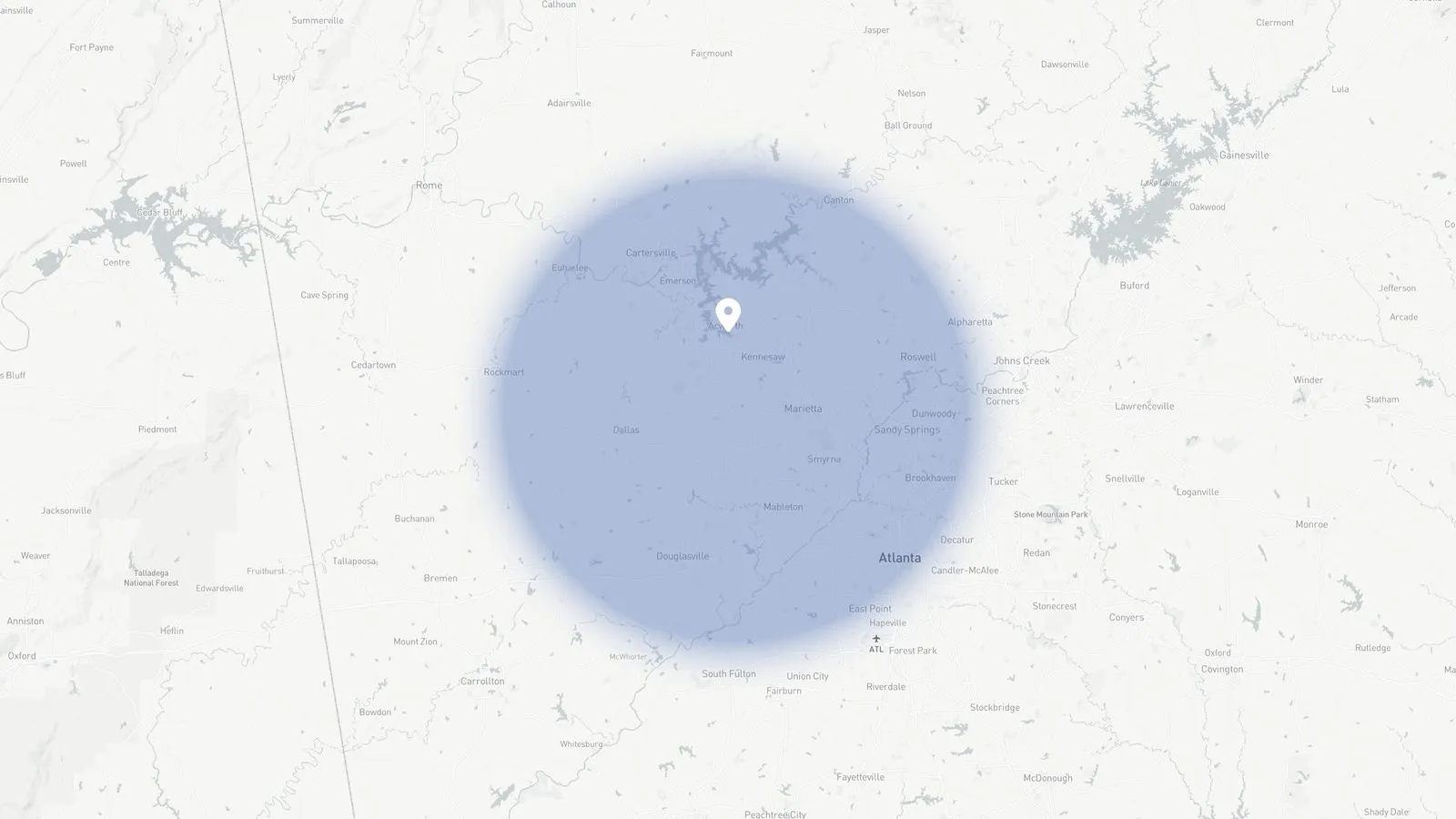
When you live in a modern home that’s set up with a whole-house air conditioner and heating system, then you expect a certain level of comfort. That comfort can’t be achieved, however, if that HVAC system is having problems that are causing it to work inefficiently or ineffectively. One of these potential problems is a furnace, leaking water.
“What?” you might wonder, “Why would my furnace leak water? There’s no water in the system!”
Well, that’s true, if you have a standard-efficiency furnace. But not if you have a high-efficiency furnace. Read on to learn more!
The Difference Between Standard-Efficiency and High-Efficiency
First off, how do you know if you have a standard-efficiency or high-efficiency furnace? If you didn’t buy this furnace yourself and instead inherited it with your home, you may not know what was installed. Fortunately, there is a way for you to tell. Take a look at the exhaust pipe, if it is white plastic PVC pipe, then you have a high-efficiency furnace, otherwise known as a condensing furnace. If it’s metal then you have a standard-efficiency rating on your furnace and it doesn’t produce any condensation.
In a high-efficiency, condensing furnace, there are two heat exchangers. Burning gas exits the first one and enters the second, where the exhaust from your furnace undergoes further heat exchange–and this is where water vapor forms. The water transitions from vapor to a liquid, and more heat is released into the secondary heat exchanger. All of this makes the system more efficient, as additional humidity helps you feel warmer–and when you feel warmer you don’t have to set the thermostat as high.
What’s Happening When There Is a Leak
As we mentioned above, condensation forms with a high-efficiency furnace releasing its exhaust gases. The condensation forms along the PVC pipe, where it’s meant to be drained either into a condensation pump or floor drain. This setup is very similar to a traditional central air conditioner or heat pump.
So, when you have a leak, there’s either a problem with the condensate drain hose, drain line, pump, or condensate trap that has to be remedied.
The drain hose slopes down from the PVC pipe, and over time it can get clogged up with dust, dirt, and other debris. Additionally, if any damage is done to the tubing, condensation leaks can occur. Fortunately, this is one of many issues that are checked on during maintenance. Our team thoroughly inspects your entire furnace and cleans it out, making appropriate adjustments and repair recommendations as needed. Of course, it’s still possible to have problems between maintenance appointments, especially in an older furnace. But maintenance makes it a lot less likely for problems to occur.
As water exits the hose, it goes through the condensate drain line–but if that drain line has a loose connection or any damage to it, water can leak out. The condensate pump is where condensate eventually ends up, but it too can become clogged and cause a backup of water, and therefore a leak.
Whatever the culprit, the best thing you can do if you notice your furnace leaking water is give our team a call!
For professional furnace repairs in Canton, GA, look no further than DaycoSystems. Contact us today!

